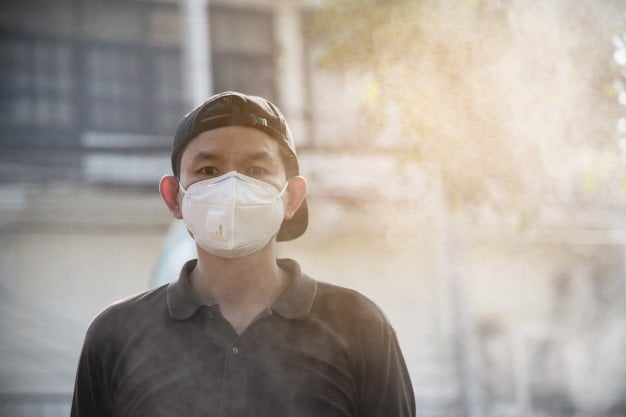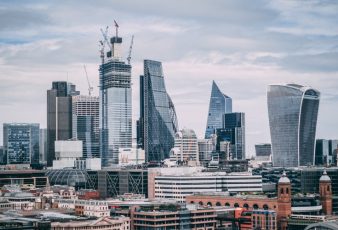Your newly-constructed home may look utterly flawless from a distance and on photos, but upon closer inspection, you’d see thick layers of dust sitting on the surfaces. If you think your household broom and vacuum cleaner can get rid of them all, you’re unfortunately mistaken, because it takes more than just that. Post-construction dust is very harmful to us.
Post-construction dust isn’t like your ordinary dust, and for someone who already has existing respiratory issues and allergies, it’s even more dangerous because inhaling the dust can aggravate the symptoms. Before you move into your new house, hiring professional cleaners from trusted companies such as MC Janitorial will be necessary so that all post-construction mess issues can be fixed before you move in.
Here are the dangers of inhaling post-construction dust and how we can protect ourselves:
Dust Origins and the Danger They Bring
There are three types of construction dust, namely silica, wood, and lower toxicity dust.
Silica dust comes from concrete, mortar, and sandstone. When these materials are ground, they release fine dust particles into the air called silica dust, which causes inflammation of the airways, sinus problems, and headaches.
But more than that, inhaling silica dust can also cause short-term and long-term respiratory issues. If you have existing health issues like asthma, cardiovascular diseases, or allergies, you can suffer aggravated symptoms or attacks. On the other hand, if you’re generally healthy, you can experience reactive symptoms like coughing, shortness of breath, and mucus.
The second type, wood dust, comes from woodworks, as the name suggests. Prolonged exposure to this dust can lead to irritation in the eyes, nose, and throat. Coughing, shortness of breath, sneezing, and rhinitis can also be caused by inhaling the dust.
Wood dust may also contain chemicals that can cause dermatitis. Other diseases associated with this dust are hypersensitivity pneumonitis and occupational asthma. But worst of all, wood dust is also seen to cause cancer in the nasal activity.
Lower toxicity dust usually comes from gypsum, plasterboard, and natural stone. This dust can cause chronic obstructive pulmonary disease and non-cancerous respiratory illnesses. Constant exposure to this dust also causes eye, ear, and nasal passage deposits, skin irritation, and mucus.
How To Stay Protected
Construction workers and cleaners need the most protection from these harmful dust particles. Masks should be worn at work, and safety instructions on dust-producing materials must be followed. In some harsher scenarios, respirators must be worn.
Other protective gear includes goggles, gloves, and full-body protective suits. These gears protect your eyes, mouth, nose, sinuses, lungs, and skin against dust, debris, and chemicals. If your employer requires you to wear protective gear at work, oblige immediately.
To prevent dust from accumulating, make it a habit to clean the site at the end of every day using brooms, vacuum cleaners, wet/dry dusters, and hoses. Wash your hands, change out of your work clothes, and take a shower before making contact with food and other people. Doing this is necessary because construction dust might get stuck onto your skin and clothes, and transferred to other people and food.
Now that you’re informed about the serious problems caused by construction dust, be sure to protect yourselves when visiting your unfinished or newly-constructed house. Even if you don’t expose yourself to those harmful dust particles often, the reactive symptoms certainly cause discomfort, so better be safe.
Read Also:





























